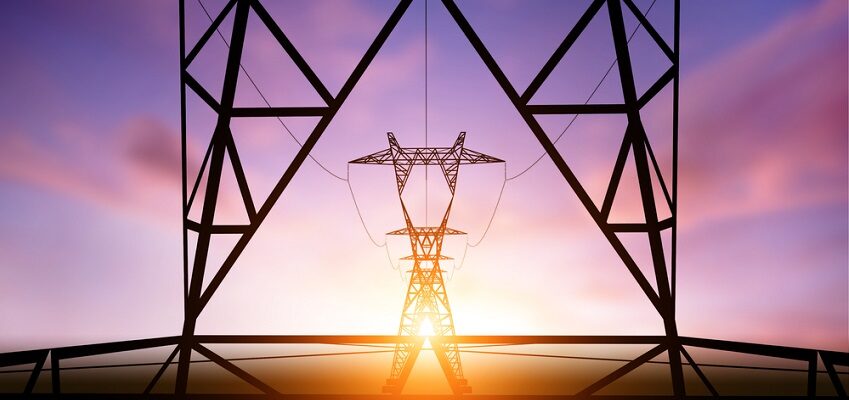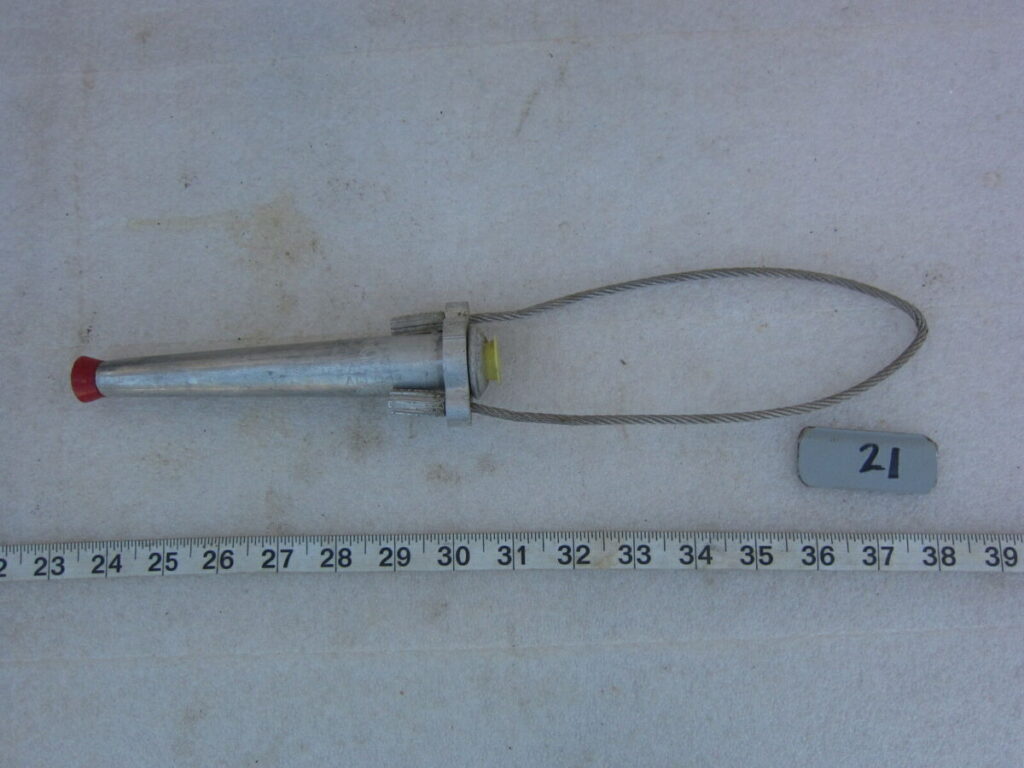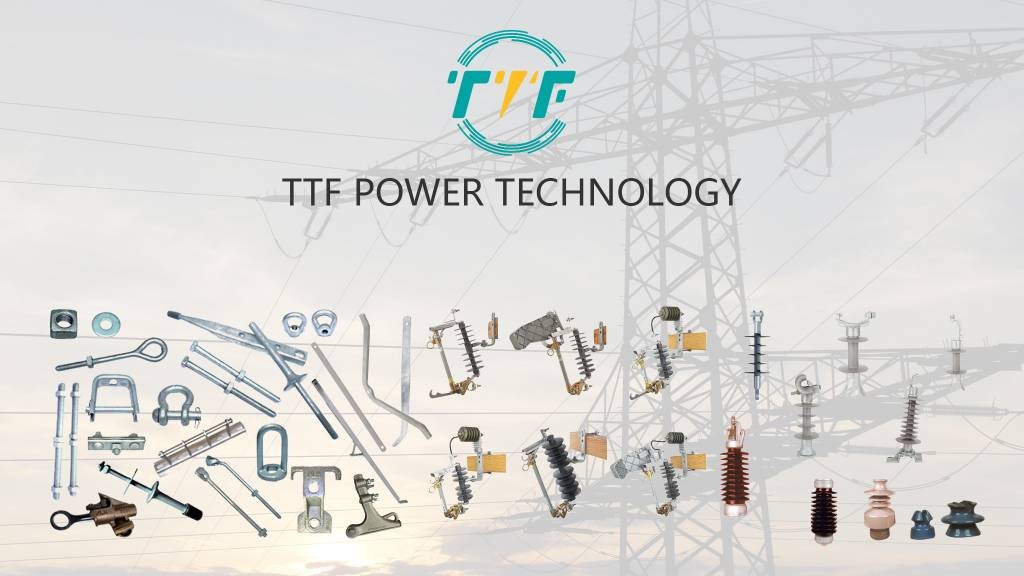
Colombia is increasing its solar energy capacity as part of a bigger drive toward renewable energy. The nation’s growing renewable share demands the installation of upgraded transmission lines to integrate solar electricity. Upgrading transmission lines will help to ensure efficient energy distribution, reduce losses, and integrate more renewable energy into the power system. Upgrading transmission lines would also help the country’s solar energy sector reach its full potential. This will assist the nation in improving energy reliability, lowering prices, and meeting its renewable energy ambitions. Colombia is investing in high-voltage transmission lines to connect its projects to the national grid. The transmission lines will also provide cross-border transmission links with Ecuador and Venezuela, improving grid dependability. Putting in place digital monitoring and automation in transmission networks can enhance efficiency. Guy deadends provide mechanical support and prevent excessive movement of transmission lines.
Most of Colombia’s new solar projects are in rural areas with difficult terrain, such as La Guajira and Cesar. Guy deadends help to stabilize poles and towers, preventing them from tilting or collapsing owing to uneven ground conditions. High-quality guy deadends disperse mechanical stress and lessen the likelihood of structural failure. Proper placement of guy deadends lowers wear and tear on poles and towers, extending their life. This decreases the need for routine maintenance and lowers operating expenses for transmission providers. Colombia is developing high-voltage transmission upgrades to connect large-scale solar plants to the national grid. Colombia is well positioned to increase its renewable energy capacity and meet its energy transition targets.
The role of guy deadends in Colombia’s transmission line upgrades
A guy deadend is a structural component that stabilizes and supports transmission line structures. Colombia plans to modernize its transmission lines to include more renewable energy sources such as solar and wind. This requires the deployment of guy deadends to assure the grid’s reliability and safety. A guy deadend can help link renewable energy facilities to the grid, fortify the system, and improve line stability. The following are some common uses for guy dead ends in transmission line modifications.

- Anchoring and stability—a guy deadends, anchors, and stabilizes transmission line structures at points where the line changes direction. It consists of guy wires anchored to the ground and attached to the structure. This provides lateral support to counter the tension forces exerted by conductors.
- Handling mechanical loads—transmission lines face mechanical loads due to the weight of the conductors, wind forces, and temperature changes. Guy deadends distribute the loads and prevent the structure from leaning.
- Supporting line terminations—guy dead ends absorb the forces and prevent the structure from being pulled over. This is crucial in Colombia’s grid upgrades, where the new solar plants may need new transmission lines.
- Grid expansion—integration of more renewable energy into its grid in Colombia needs new transmission lines to connect the solar energy to the grid. Guy deadends secure the structures and ensure the lines can handle the increased capacity and load.
- Safety and reliability—guy dead ends enhance the safety and reliability of the transmission network. and reduce the risk of structural failures leading to power outages.
Technologies that could ease transmission line upgrades in Colombia
Colombia has implemented a variety of innovative technologies and tactics to enhance its transmission lines. These devices help to accommodate the fluctuating nature of solar energy while boosting grid reliability. The technologies have the potential to assure a reliable, efficient, and sustainable energy system. This is critical as the country moves toward a cleaner energy future. The technology discussed below could make it easier to upgrade transmission lines in Colombia.

- Grid-forming inverters—these enable solar power systems to provide grid stability and support. They can enable the integration of large-scale plants into the grid.
- High-voltage direct current (HVDC) transmission—this serves in long-distance power transmission with minimal losses. These transmissions enable lower energy losses compared to alternating current (AC).
- Flexible alternating current transmission systems (FACTS)—these systems enhance grid stability and control voltage fluctuations. It increases grid flexibility and reliability when integrating variable renewable energy sources.
- Grid monitoring and control systems—real-time monitoring and control systems optimize grid performance. These include supervisory control and data acquisition (SCADA) and phasor measurement units (PMUs).
- Energy storage systems (ESS)—these systems store excess solar energy during peak generation periods and release it during low production. In Colombia, energy storage can balance the grid and provide backup power.